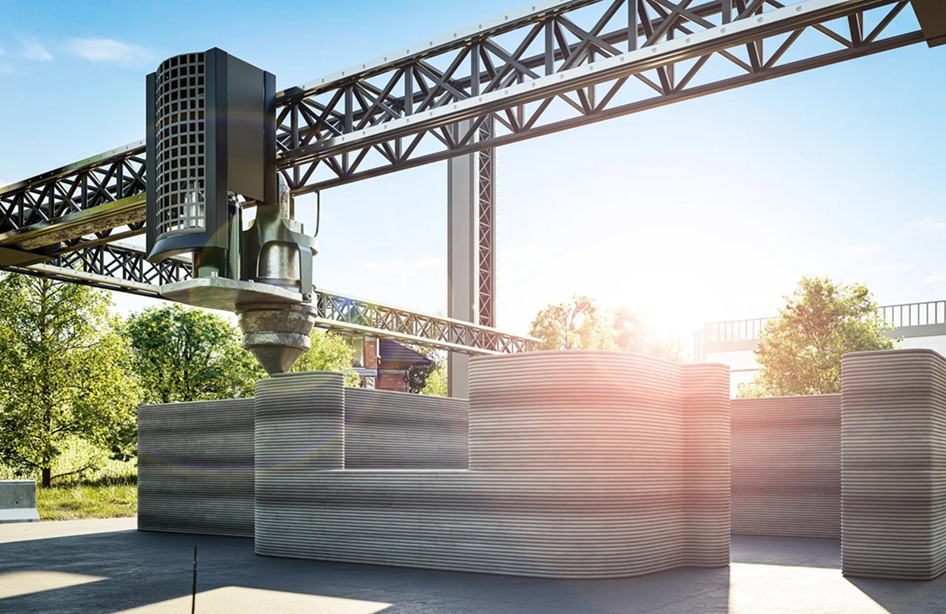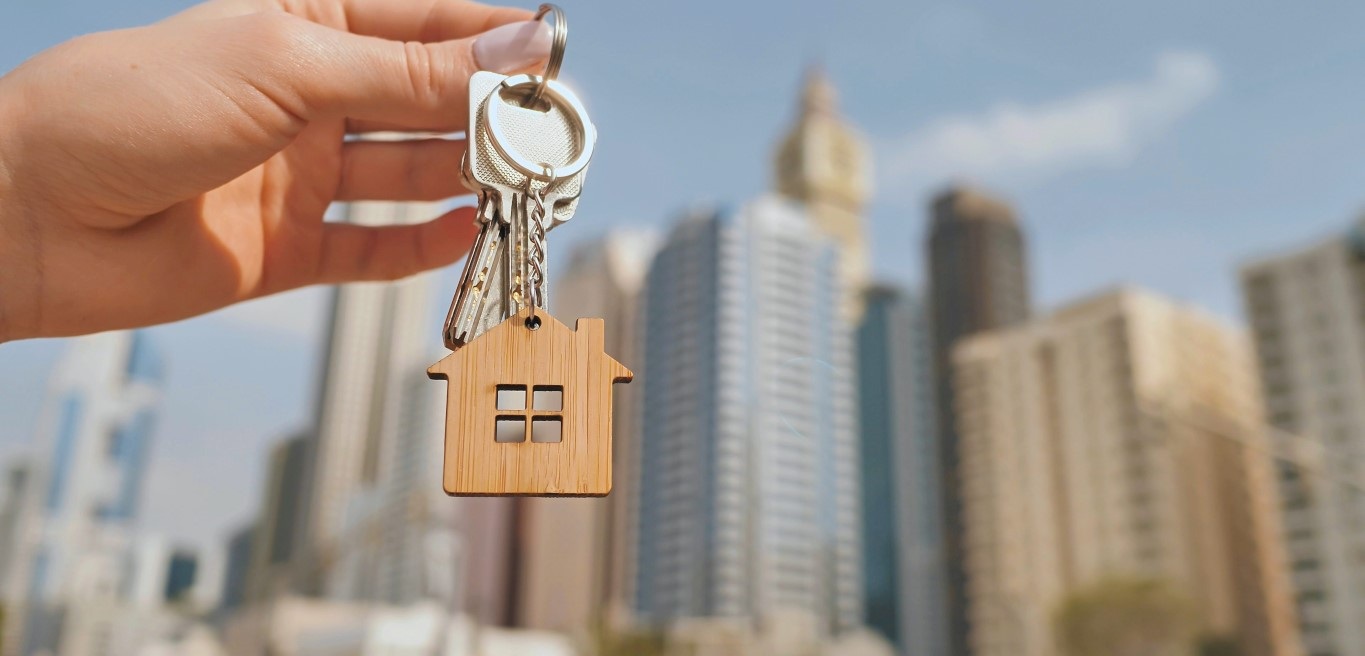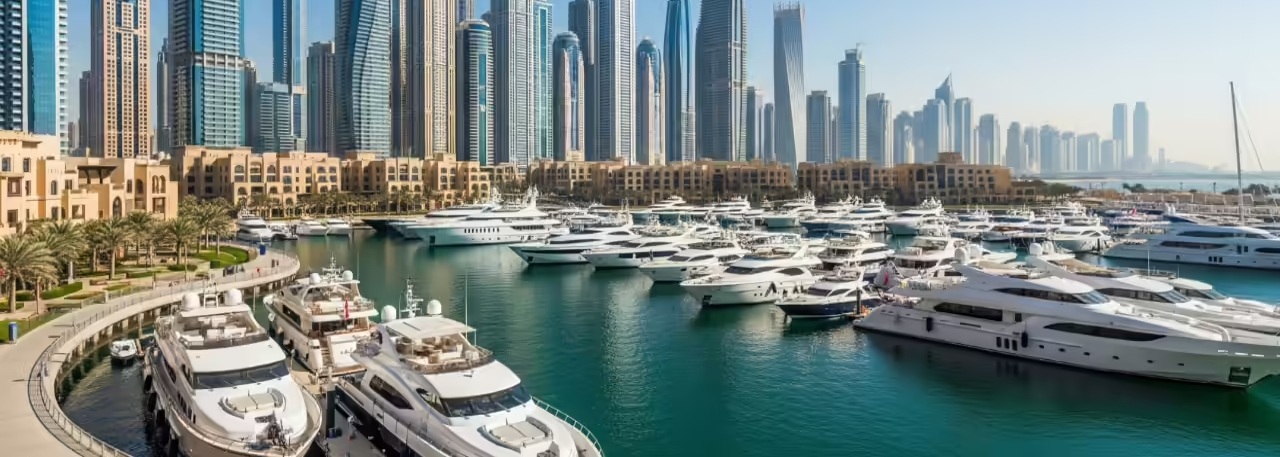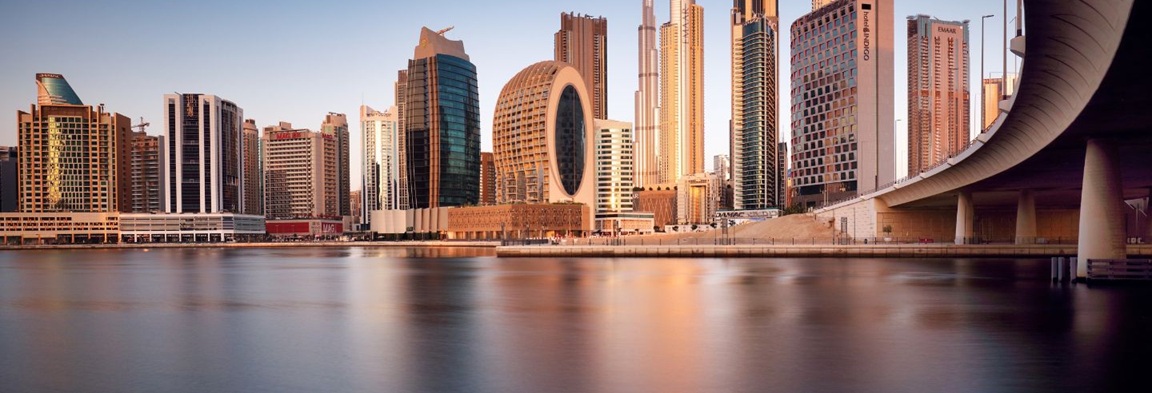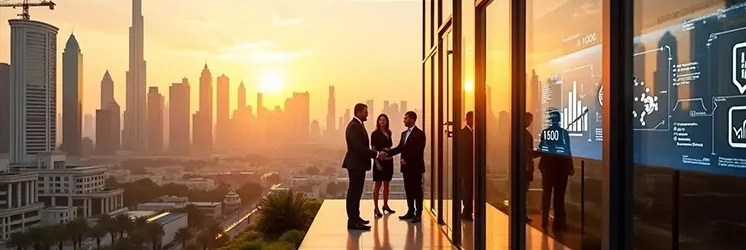How Dubai Is Using 3D Printing for Construction Innovations
Saturday, 26 July 2025
Dubai is no stranger to innovation. From the world’s tallest building to driverless taxis, the city has consistently pushed the boundaries of what’s possible. Now, it’s doing it again—this time with 3D printing. In recent years, Dubai has emerged as a global leader in adopting 3D printing for construction. The technology is being used to create everything from homes to offices and even mosques, all with remarkable efficiency and sustainability.
Table of Contents
- Why 3D Printing in Construction?
- Recent Milestones in Dubai’s 3D Printing Journey
- How 3D Printing Is Changing the Game in Construction
- Dubai 3D Printing Strategy – Vision for 2030
- What This Means for the Future
- Driving Toward a Smart, Sustainable Future
- Frequently asked questions
Why 3D Printing in Construction?
Traditional construction methods are time-consuming, costly, and resource-heavy. Enter 3D printing—a technique that builds structures layer by layer using a robotic arm and specially formulated construction materials. The result? Reduced labor costs, less material waste, faster build times, and greater design flexibility.
Dubai’s adoption of this technology is part of a larger vision: to become a hub for innovation and sustainability. The city aims to 3D print 25% of all new buildings by 2030, as stated in its ambitious Dubai 3D Printing Strategy.
Recent Milestones in Dubai’s 3D Printing Journey
Dubai has already made significant progress toward its 2030 goals. Here’s a look at some key achievements:
1. World’s Largest 3D-Printed Building
In December 2019, Dubai unveiled the largest 3D-printed building on the planet. This two-story structure is a shining example of scale, sustainability, and innovation all rolled into one.
2. First 3D-Printed Commercial Building Recognized by Guinness
In February 2020, the Dubai Future Foundation earned a Guinness World Record for delivering the first 3D-printed commercial building, further cementing the city’s leadership in this field.
3. Middle East’s First 3D-Printed Bus Stop
In March 2020, Dubai launched the region’s first 3D-printed bus shelter, showcasing how this technology is transforming even the smallest components of public infrastructure.
4. Introduction of 9-Axis 3D Printer
A major leap came in November 2019, with the arrival of the region’s first 9-axis 3D printer, allowing for more complex and dynamic designs.
5.Diverse Applications of 3D Printing
From printing light poles, foundations, and park installations to producing mobile homes and humanitarian structures, Dubai continues to diversify its use of 3D printing.
How 3D Printing Is Changing the Game in Construction
The integration of 3D printing has revolutionized the way buildings are designed and constructed in Dubai. Here’s how:
- Faster Construction: Structures can be completed in a fraction of the time required by traditional methods.
- Higher Precision: The layer-by-layer printing technique enhances accuracy and reduces human error.
- Greater Design Freedom: Complex geometries and bespoke features can be printed with ease.
- Reduced Waste: Materials are used more efficiently, minimizing excess and promoting recycling.
- Enhanced Safety: Automation reduces the need for human labor in hazardous conditions.
These advantages not only make 3D printing an attractive option but also position it as a key pillar in the future of sustainable urban growth.
Dubai 3D Printing Strategy – Vision for 2030
Launched by His Highness Sheikh Mohammed bin Rashid Al Maktoum, the Dubai 3D Printing Strategy aims to position Dubai as a global leader in additive manufacturing. Key objectives include:
- 3D-printing 25% of all new buildings by 2030
- Boosting local and global partnerships in tech and construction
- Attracting foreign investment in 3D printing solutions
- Creating a sustainable ecosystem of designers, engineers, and material scientists
The initiative not only supports real estate development but also extends to medical, industrial, and consumer product sectors.
What This Means for the Future
Dubai’s bold investments in 3D printing show that the city is serious about revolutionizing construction. As technologies mature, we can expect to see:
- Entire residential communities printed within weeks
- Modular smart homes tailored to personal preferences
- Disaster-resilient buildings constructed rapidly in emergencies
- Significant reductions in the carbon footprint of urban development
In short, 3D printing isn’t just a flashy headline for Dubai—it’s the future blueprint for efficient, smart, and sustainable cities.
Driving Toward a Smart, Sustainable Future
The ultimate goal of Dubai’s 3D printing strategy is to cultivate a smart, efficient, and eco-conscious construction industry. By pushing boundaries and embracing automation, the city is setting an example for the rest of the world.
At the core of this transformation lies a strong focus on environmental stewardship. 3D printing makes it easier to reuse materials, cut energy usage, and reduce emissions, all of which contribute to Dubai’s long-term vision of sustainable development.
Dubai is not just embracing 3D printing; it’s shaping the global narrative on what construction should look like in the 21st century. Through record-breaking projects, government-backed strategies, and a focus on sustainability, the city is creating a model that other nations are starting to emulate.
Frequently Asked Questions (FAQs)
What is the main objective of Dubai’s 3D Printing Strategy?
The strategy aims to make 25% of all new buildings in Dubai 3D-printed by 2030 and to establish the city as a global hub for this technology.
Who regulates 3D printing in Dubai’s construction sector?
Dubai Municipality oversees all technical standards, permits, and monitoring for 3D-printed buildings.
What are the benefits of using 3D printing in construction?
It reduces costs, shortens construction time, minimizes waste, enhances design flexibility, and improves safety.
Can foreign companies invest in 3D printing in Dubai?
Yes, especially through tech-focused free zones like Dubai Silicon Oasis. Outside free zones, a local partner is required.
What are some notable 3D printing projects in Dubai?
Projects include the world’s largest 3D-printed building, the first 3D-printed commercial office, and a 3D-printed mosque currently under development.

